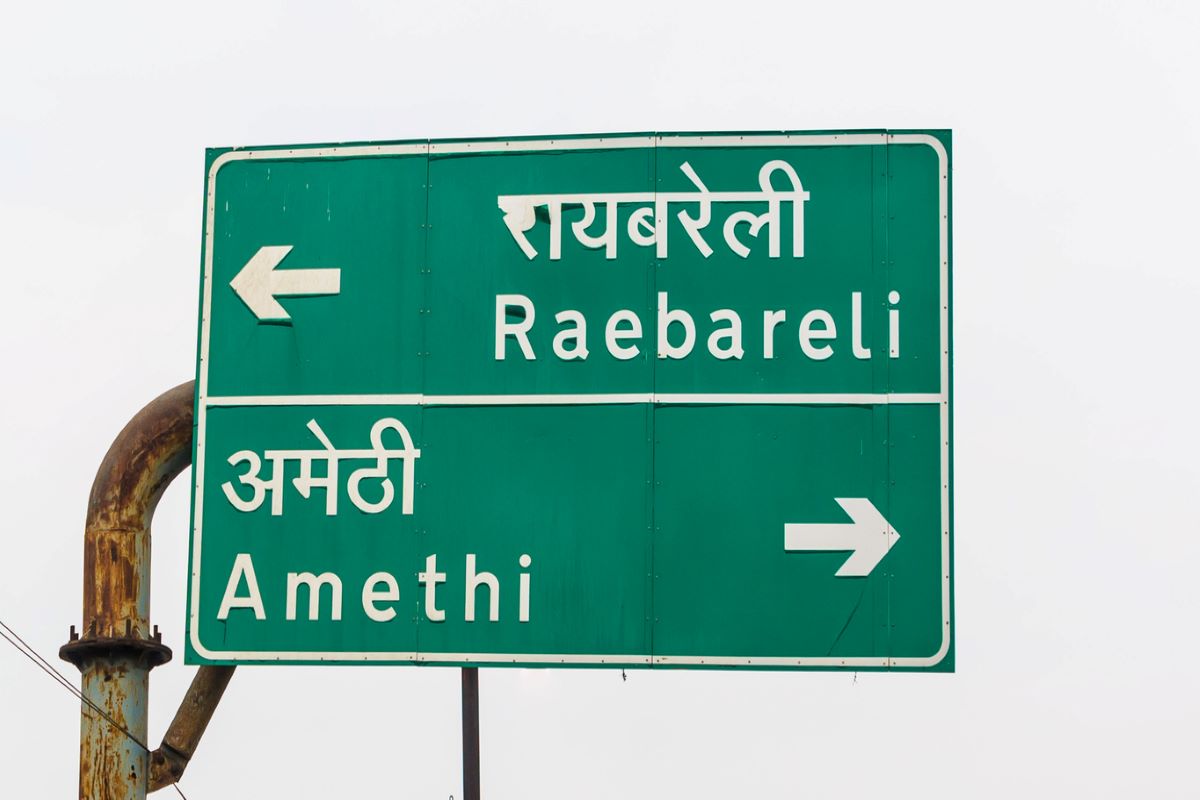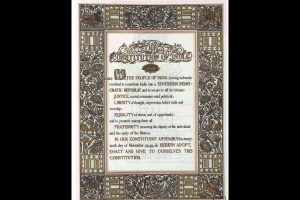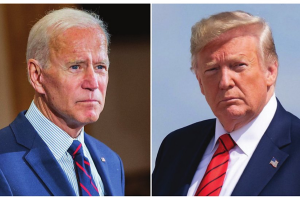Uttar Pradesh (UP), successor to the United Provinces under the British Raj, has been an unruly, unwieldy and enigmatic State earning various sarcastic nicknames like Ulta Pradesh, Bimaru State etc. for various reasons. By area, it is the fourth largest and in terms of population it is the largest State in India.
With its mammoth population of over 200 million, UP, if it were a nation, would rank eighth globally in terms of population. UP covering an area of 240,928 sq km (93,023 sq ml) is almost equal to the size of United Kingdom (UK) and slightly smaller than Germany.
A comparison of these two economies with UP, although unfair in some respects, will reveal the level of backwardness of the region. With a population of 68 million (growing), UK’s GDP was $3.108 trillion (2021) and per capita GDP was $46,200. Germany has a declining population of 83 million but it is the fourth largest economy in the world with a GDP of $4.319 trillion (2021) and a per capita GDP of $51,860. In contrast, UP with a population of 235 million (2021), had a GDP of $230 billion (2020- 21) and the per capita GDP stood at $990.
While a comparison with these two developed nations is not called for and is not fair, it does indicate the uphill task ahead of UP. UP in its various avatars has witnessed over the centuries an unprecedented confluence of people and culture. The eternal city of Varanasi, the oldest living city of the world and the holy sites of Hardwar, Rishikesh, Gangotri, Kedarnath and Badrinath which are now in Uttarakhand have attracted millions of devotees and tourists each year.
People from all parts of India, especially from Bengal, Bihar, Punjab and Maharashtra, migrated to various towns and cities of UP and made it their permanent home. Beginning at Sarnath, Buddhism spread to large parts of Asia ~ Tibet, China, Korea, Japan, South-East Asia, Sri Lanka, and from India to Central Asia. It has been at the crossroads of many civilizations and great empires of Ashoka and the Gupta Period.
During the Mughal era, art, literature, dance and music flourished with official patronage. UP has produced a galaxy of poets, musicians, artistes, dancers, writers, and administrators. In spite of its great heritage, and enormous human and natural resources, how is it that UP has remained one of the poorest States of India? The cultivable area in this huge State has been 82 per cent but only 68.5 per cent is under cultivation. Manufacturing industries have not thrived in a big way.
Most of the public sector enterprises in the State are sick. If the entire cultivable area of the State is brought under cultivation with scientific and innovative farming techniques, UP would perhaps be able to feed many more people in the nation. This has not happened owing to entrenched vested interests, lack of farm reforms and absence of innovative ideas. There is no easy answer to the question of UP’s backwardness. But one thing is clear: UP has been a victim of misrule and maladministration for a long time by successive governments, a corrupt bureaucracy, and a criminalised law enforcement agency. Law and order reached its nadir in UP.
Sheltered by politicians, mafias and goondas ruled the roost under certain regimes. But the crux of the problem is that UP is not governable. A vast state with a gigantic population cannot be administered well by a single monolithic administrative structure from a distant capital at Lucknow. The vastness and the mammoth population of UP have been the main obstacles to its growth and development.
Non-performance can also be attributed to the very structure of governance. UP had opted for a bi-cameral system with a permanent Upper House, Vidhan Parishad (100 members) and a Lower House, Vidhan Sabha (404 members), which delayed the process of decision making. Since the 1970s, UP has been engulfed in the fire of caste politics.
Successive caste-oriented governments ruled the State with their whims and fancies and the top-heavy politicized bureaucracy could not address the real issues of the State. The present-day UP has four distinct regions with seven main dialects of Hindi – Awadh (central region), Purbanchal (eastern region), Harit Pradesh (western UP) and Bundelkhand (the southern region bordering Madhya Pradesh). Administratively, UP has been divided into 18 Divisions headed by Divisional Commissioners and 75 Districts, each headed by a District Magistrate.
The State is so big that it has hardly been possible for the Chief Minister and the cabinet Ministers to visit and monitor the performance of all the districts during their entire tenure. Obviously, people in the far-flung areas would complain of neglect. Regional and caste biases, pulls and pressures, corruption and criminality have always prevented Lucknow from taking a holistic view of development from the grass-root level.
The plight of Bundelkhand is a case in point. That UP cannot be administered efficiently has widely been recognized in the political, bureaucratic and academic circles. It is also recognized that UP should be administered by a highly decentralised system of governance or by creating new, smaller States. In this connection, it pertinent to note that UK with a population of 68 million is governed by four autonomous states of England, Scotland, Wales and Northern Ireland having separate Parliaments.
Similarly, the German Federation with a population of 83 million is administered by 16 Provincial States. The first serious move to reorganize UP into four governable units came from an unexpected quarter ~ the Bahujan Samaj Party. In 2011, the then Chief Minister Ms Mayawati took a decision which was approved by her cabinet to reconstitute UP into four new States ~ Awadh Pradessh (23 districts), Paschim Pradesh (17 districts), Purvanchal (28 districts) and Bundelkhand (7 districts).
However, the proposal was scuttled by Akhilesh Yadav in 2012 when the Samajwadi Party came to power. Since then, the idea has died down and this serious issue has gone off the radar of UP politicians. While working in the Ministry of Personnel and Administrative Reforms, this writer was closely associated with the creation of three new States of Uttaranchal (later renamed as Uttarakhand), Jharkhand and Chhattisgarh, announced by the NDA Government of Atal Behari Vajpayee. These states were curved out their parent States of UP, Bihar and Madhya Pradesh respectively.
The seamless creation of three new States in 2002 and the energy and the development impetus these States received vindicated Vajpayee’s vision and conviction. Based on the experience of Uttarakhand, Jharkhand and Chhattisgarh, it is logical to think that the only way to faster development and improving the quality of life in this region is to break UP into smaller governable units. Former Chief Minister Ms Mayawati’s suggestion to create four new States ~ Awadh Pradesh, Paschim Pradesh, Purvanchal and Bundelkhand ~ appears quite rational.
The names of the four states can be rechristened or modified as: 1. Uttar Pradesh (Awadh region, capital: Lucknow); 2. Purvanchal (capital: Prayagraj); 3. Harit Pradesh (capital: Meerut) and Bundelkhand (capital: Jhansi). Other areas of Bundelkhand falling within the territory of Madhya Pradesh will need to be merged with the new State at a later date. Will those in power wake up?
(The writer is a a former Deputy Comptroller & Auditor General of India and a former Banking Ombudsman of the Reserve Bank of India)











